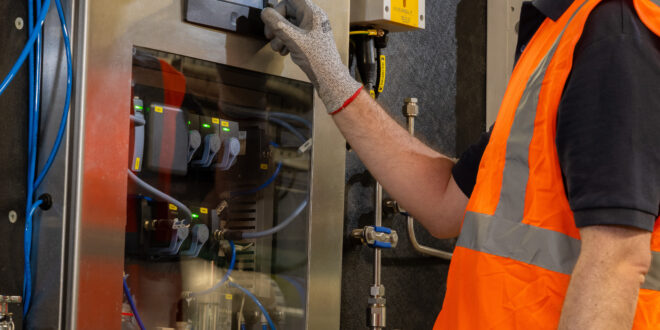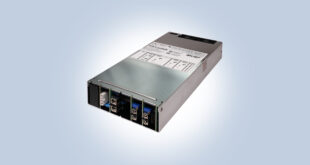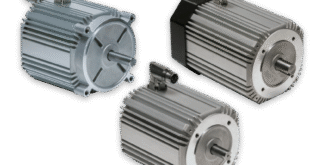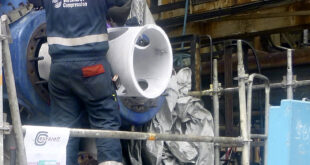Ross-Shire Engineering (RSE) is trialling an online analysis system to monitor drinking water quality at a Midlands filtration plant. Using micro-mechanical technology, the analysis system fits a highly compact footprint. So far, the trial of the system is achieving accurate and repeatable results, and it is also minimising the need for operator intervention.
In a municipal drinking water treatment facility, CeraMac microfiltration technology can provide an excellent permeate quality, independent of raw water quality, removing pathogens and particles as small as 0.1µm. This level of filtration is sufficient to provide an absolute barrier to pathogens such as cryptosporidium and clostridium perfringens, replacing the requirement for ultraviolet disinfection. This filtration technique is the basis of RSE’s modular, plug-and-play water treatment plant that can be fully assembled, tested and commissioned within the company’s facility.
Developed to treat poor raw water quality sources and turn it into high quality final water, the modular treatment plants are tested and proven before leaving RSE’s Muir of Ord site near Inverness. In addition to low chemical usage, the plant achieves unmanned operation, supported by an automated membrane cleaning system. As a result of these advantages, South Staffordshire Water engaged RSE to optimise filtration at a reservoir-fed plant.
To monitor the quality of the drinking water produced by the filtration process and prove the results, RSE wanted to investigate alternative water analysis technology. Key to the plug-and-play approach of the modular filtration plant is its compact footprint, enabling the system to be quickly assembled, tested, and transported to the required location – and take up minimal space when installed on site. To maintain these advantages, the water analysis equipment has to fit minimal dimensions. However, analysis accuracy and repeatability could not be compromised, and RSE also saw advantages in an online system that would provide continuous analysis
Compact dimensions
To fulfil these requirements, RSE invited Bürkert to provide its Type 8906 online water analysis system, which offered the crucial advantage of miniaturisation. Compared to traditional water analysis equipment, such as a steel turbidity sensor that would typically be installed on a metre-wide backboard, the Type 8906 incorporates analysis cubes that measure just 7x7x4cm.
Miniaturisation is achieved thanks to Bürkert’s Micro-Electro-Mechanical Systems (MEMS) technology that involves micrometer-scale mechanical structures integrated with electronics. The pH sensor, for example, is based on an ion-sensitive field effect transistor (ISFET) on chip, that measures pH without the requirement for a traditional glass electrode. For RSE’s trial, the supplied 1m panel included pH, chlorine, conductivity, oxidation-reduction potential (ORP), and turbidity.
In addition to miniaturisation of the sensors, the Type 8906 system also removes the traditional backboard, along with the associated pipework, sensors, electrical connections and wiring. This further reduces footprint, and as well as minimising materials cost, fewer components also reduce the time in design and build.
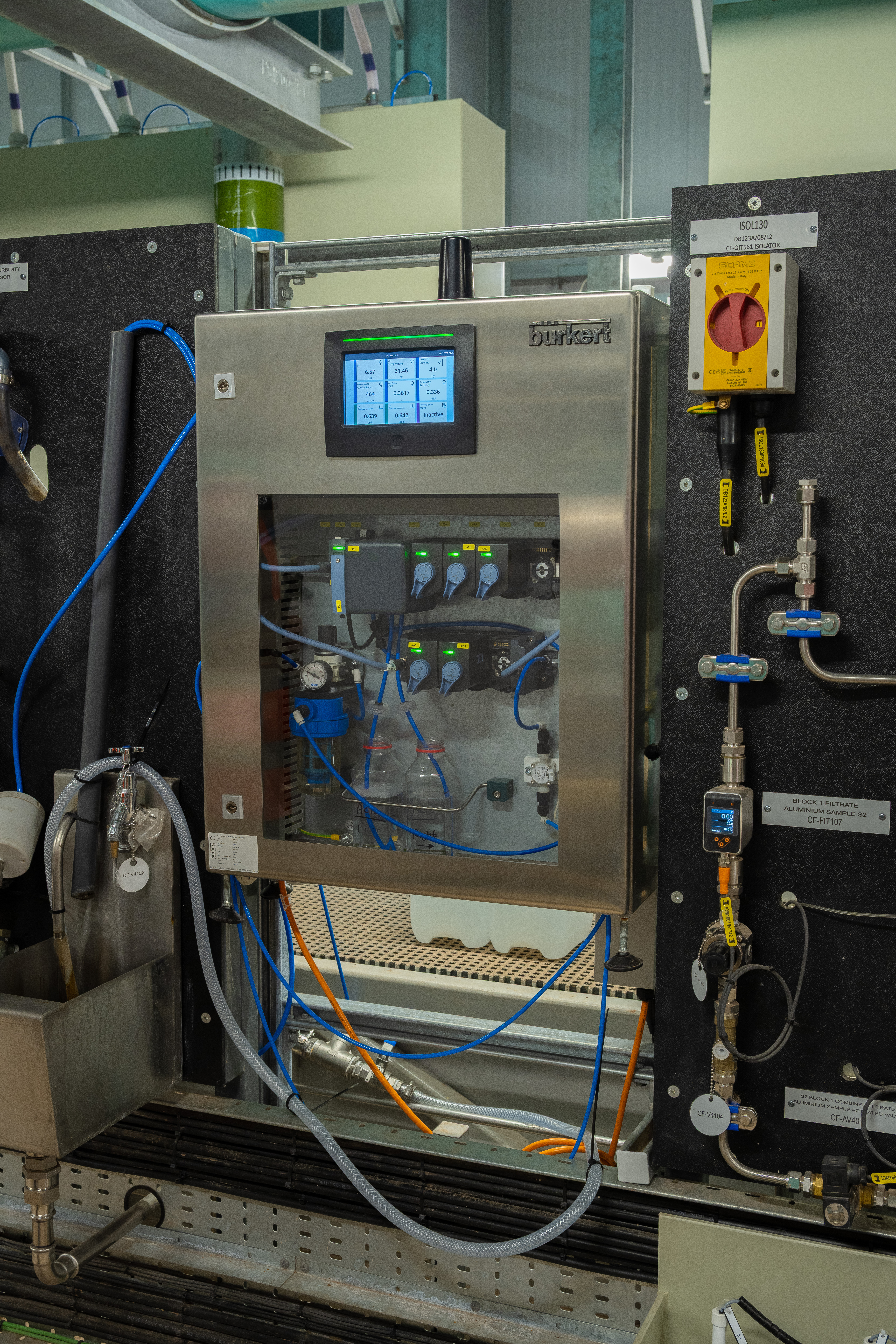
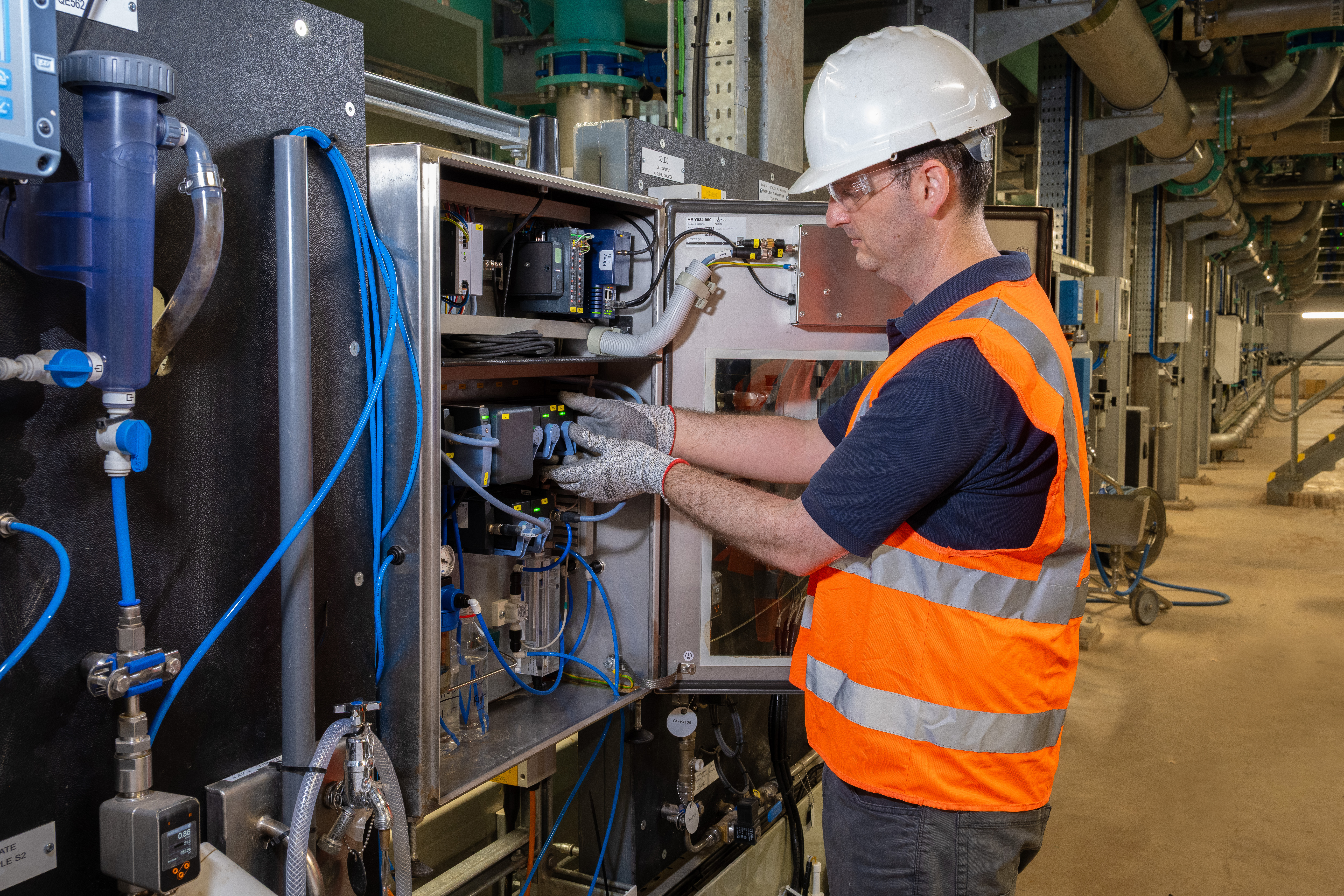
Accurate and repeatable
To answer the required accuracy and repeatability, the MEMS sensors could also provide the level that RSE required. For example, the re-agent-free chlorine sensor, based on a high precision membrane covered amperiometric sensor, can measure between 0.01ppm and 5ppm with a repeatability of +/- 0.02ppm.
A further advantage of the MEMS solid-state technology is its reliability, largely thanks to the minimisation of moving parts, plus the resilience of the compact, silicon-chip design. Field use of the chlorine sensor, for example, has reported operation of over two years without any maintenance or intervention, thanks to the re-agent-free and electrolyte-free design. The silicon chip-based technology also removes the need to recalibrate the sensors, largely thanks to the stability of the material, where instead, traditional probes could require annual, or even quarterly recalibration.
The online capabilities, combined with a system digitised from the sensor chip upwards, also achieves the generation of analysis and diagnostic data. Water quality results, along with any system issues, can be read from the plant’s SCADA system. The Type 8906 is available with Ethernet-based communications including Profinet, which RSE have sighted as a solution to directly integrate with their PLC and minimise IO cabling requirements.
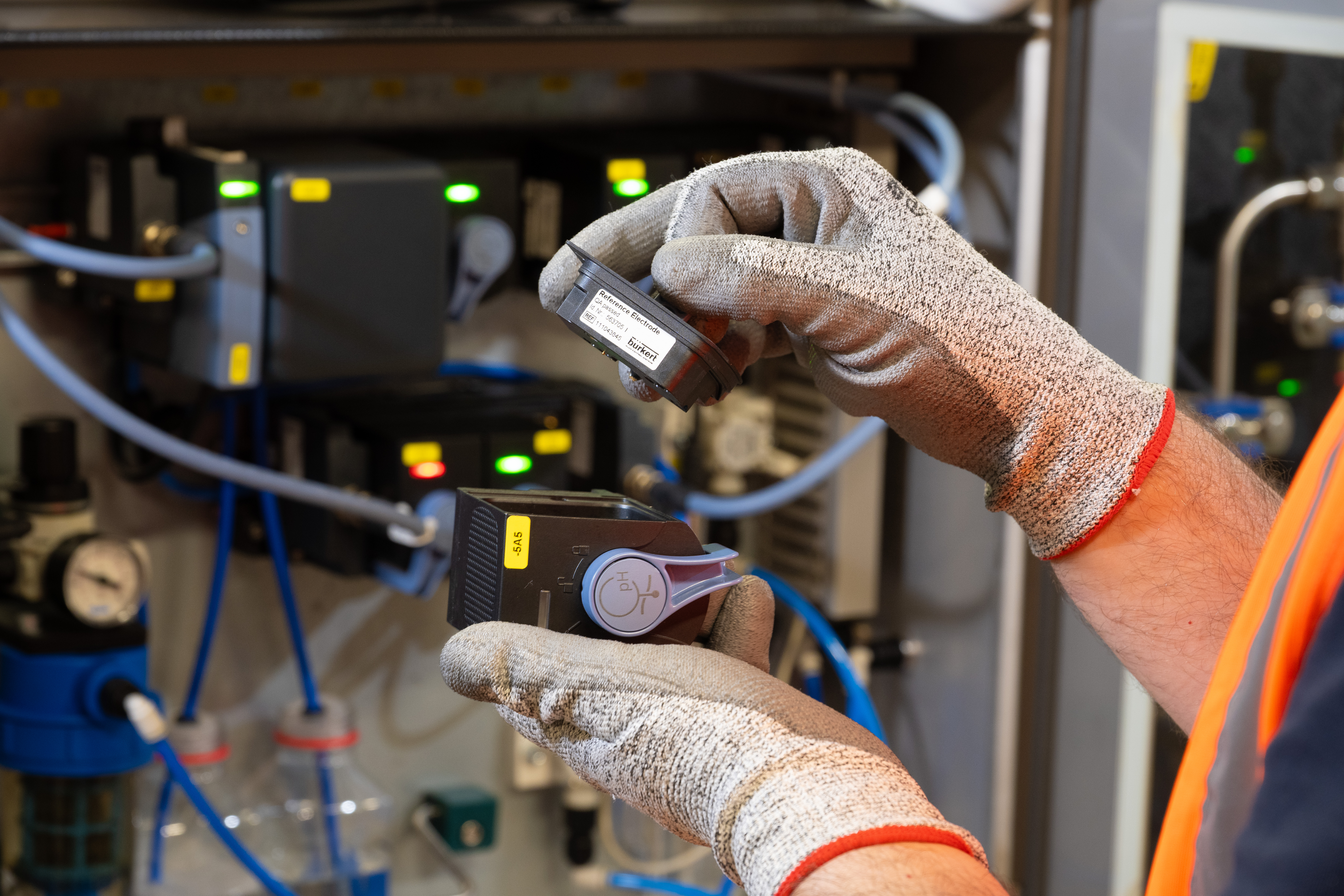
Accurate, repeatable, and reliable
The trial of the online analysis system started in January this year, and with a flexible time period to review performance, it is set to remain in place for another six months. So far, the system has provided drinking water analysis in line with the specified levels of precision and repeatability. Online diagnostics have also confirmed that the unmanned system has been operating without issue or intervention since its installation.
Several municipal water treatment plants across Europe have already permanently installed Bürkert’s Type 8906 online analysis system and wider trials are getting underway in the UK this year. Invitations are open to municipal water companies to conduct their own trials.
 Engineer News Network The ultimate online news and information resource for today’s engineer
Engineer News Network The ultimate online news and information resource for today’s engineer
